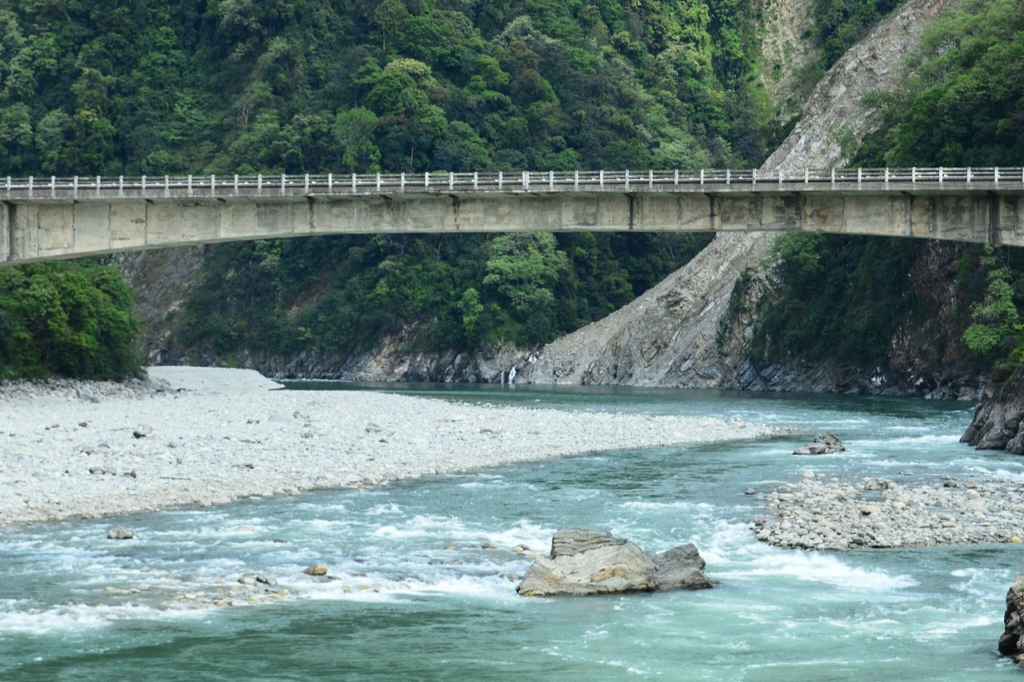Lohit Pincodes
Enter the Pincode or Location Below in the Box
Pincodes of Lohit
Lohit district offers scenic beauty and is gradually gaining recognition as a tourist destination. Visitors can explore the natural beauty of the district, go trekking, and visit places like Walong, Dong, and Parasuram Kund. Lohit district is connected to the rest of Arunachal Pradesh and the country by road and air. The nearest airport is in Tezu, and the district is accessible by road from other major towns in Arunachal Pradesh. These pincodes facilitate mail and communication services, ensuring that residents in this remote region can stay connected with the rest of the country.

Here is a list of Lohit Pincodes
About Lohit
Lohit district, a significant region in Arunachal Pradesh, spans an area of 3735 square kilometers, with its headquarters located in Tezu at an average elevation of 185 meters (606 feet). Tezu is one of the oldest district headquarters in Arunachal Pradesh and, as of 2011, the third most populous district in the state, following Papum Pare and Changlang.
Geography
Geographically, the district includes the vital sub-divisions of Wakro, a term originating from the local Miju Mishmi dialect, and Sunpura, situated near the border of Assam and Arunachal. Covering an expansive 11,402 square kilometers, Lohit district was home to a population of 143,478 as of 2001.
Demography
In terms of demographics, the district counted 49,776 residents in the 2011 population census, comprising 26,365 males and 23,411 females. This marked a substantial increase from the 2001 population count of 42,928, indicating a growth of 6,848 individuals over the last decade, with a decennial population growth rate of 15.95 percent. Lohit district also boasts 30,753 literate individuals, including 17,929 males and 12,824 females, resulting in an overall average literacy rate of 72.1 percent. This literacy rate is further broken down into 78.9 percent for males and 64.2 percent for females.
The district’s population density stands at 13 individuals per square kilometer, with a sex ratio of 888 females per 1000 males, as of the 2011 population census. Additionally, the Child Sex Ratio is 944 females per 1000 males. Lohit district comprises 115 villages and one urban area.
The district is home to various tribes, including the Taraon-Mishmi, Kaman-Mishmi, Idu-Mishmi, Adi, and Tai-Khampti, known for their rich customs, vibrant traditional attire, and cultural traditions and values. Lohit district is a tapestry of diverse cultures and traditions, offering a glimpse into the rich heritage of the region’s indigenous tribes.
